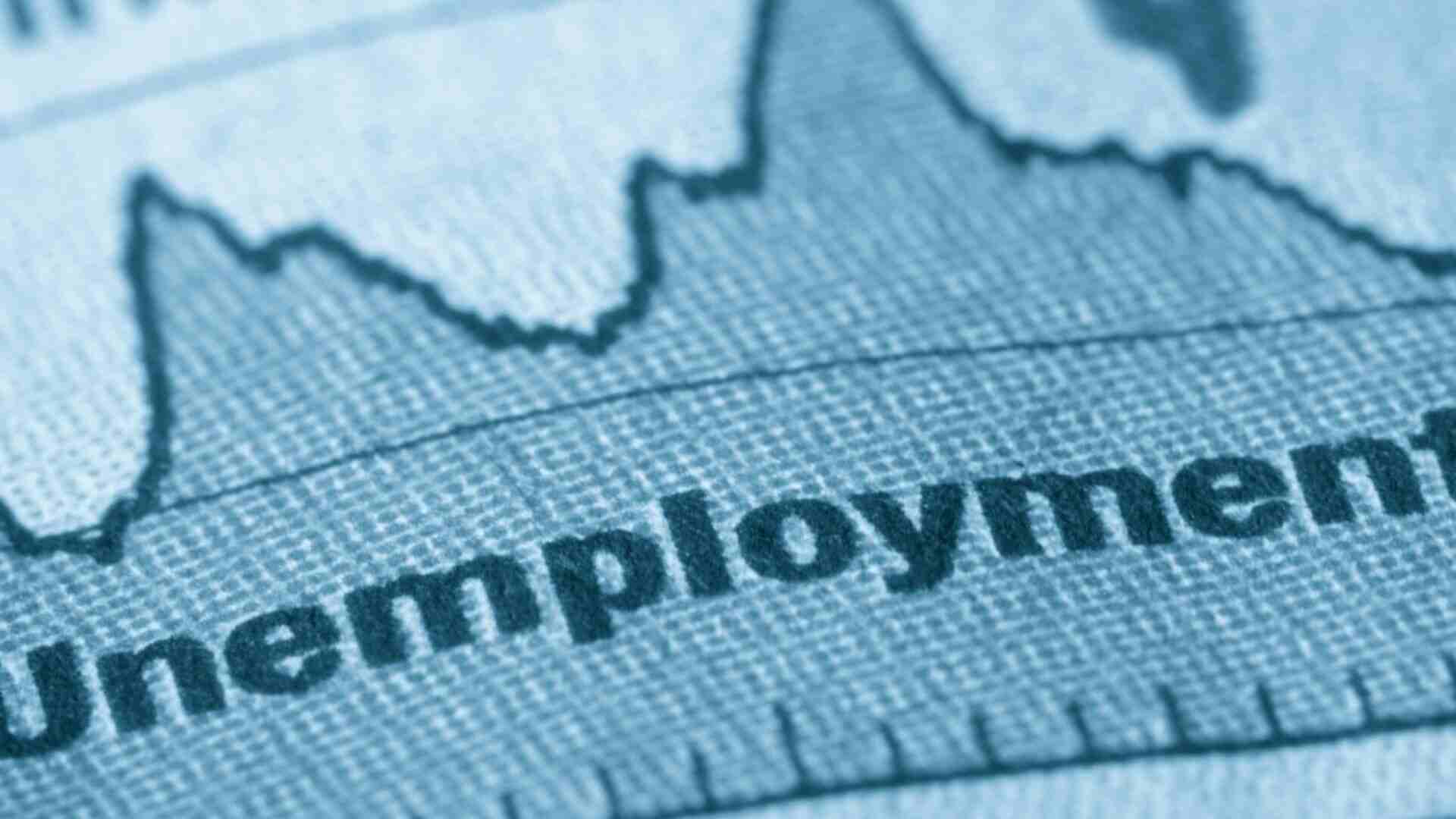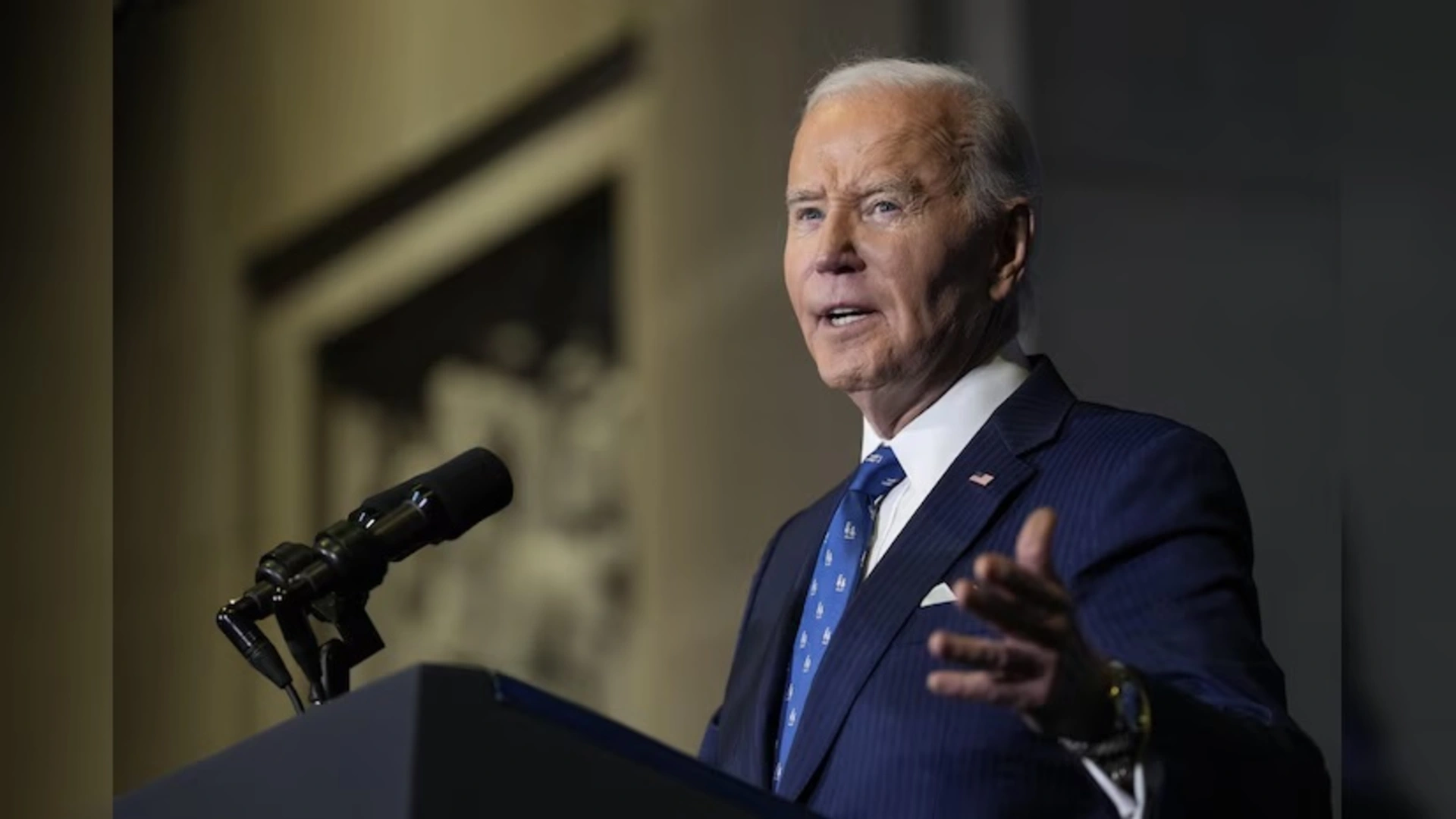
US unemployment rate surged to 4.3% in July, reaching its highest point in almost three years as hiring slowed significantly, the US Labor Department reported on Friday. This marked the fourth consecutive month of rising unemployment, up from 4.1% in June, and a substantial increase from the 50-year low of 3.4% recorded in April 2023. The slowdown in the labor market is primarily attributed to weak hiring rather than widespread layoffs, as the Federal Reserve’s interest rate hikes in 2022 and 2023 continue to dampen demand.
Wage Growth Declines
The latest employment report also revealed that wage growth in July was the smallest it has been in over three years. This slowdown in wage increases strengthens the argument for the Federal Reserve to consider cutting interest rates in September. Average hourly earnings rose by just 0.2% in July, following a 0.3% increase in June. Over the past year, wages have increased by 3.6%, marking the slowest annual growth since May 2021.
Industry Performance and Impact of Hurricane Beryl
Nonfarm payrolls increased by 114,000 jobs in July, down from a revised 179,000 in June. This figure fell short of economists’ expectations, which had forecast an addition of 175,000 jobs. The report also highlighted that Hurricane Beryl, which hit Texas during the survey week, had “no discernible effect” on the overall data. However, 436,000 people reported being unable to work due to bad weather, the highest number recorded for July.
The healthcare sector continued to lead in job creation, adding 55,000 positions in July. The construction industry followed with an increase of 25,000 jobs, while the transportation, warehousing, social assistance, and government sectors also saw employment gains. However, the information industry experienced a decline, losing 20,000 jobs.
Federal Reserve’s Outlook
Federal Reserve Chair Jerome Powell acknowledged the changes in the labor market, describing them as “broadly consistent with a normalization process.” However, he also emphasized that policymakers are closely monitoring the situation to determine if these changes indicate deeper issues. In response to the latest data, US Treasury yields dropped, and stock markets opened sharply lower. US dollar also weakened against a basket of other currencies.
With the Fed’s benchmark overnight interest rate currently set in the 5.25%-5.50% range, financial markets are anticipating possible rate cuts in September, with further reductions expected in November and December. The Fed’s decision will likely hinge on whether the labor market continues to show signs of weakening in the coming months.















